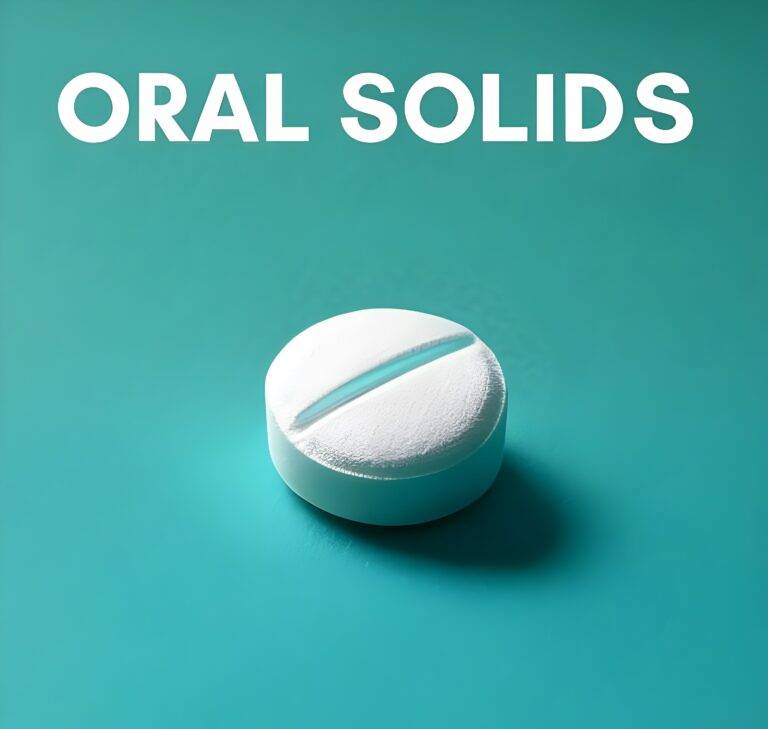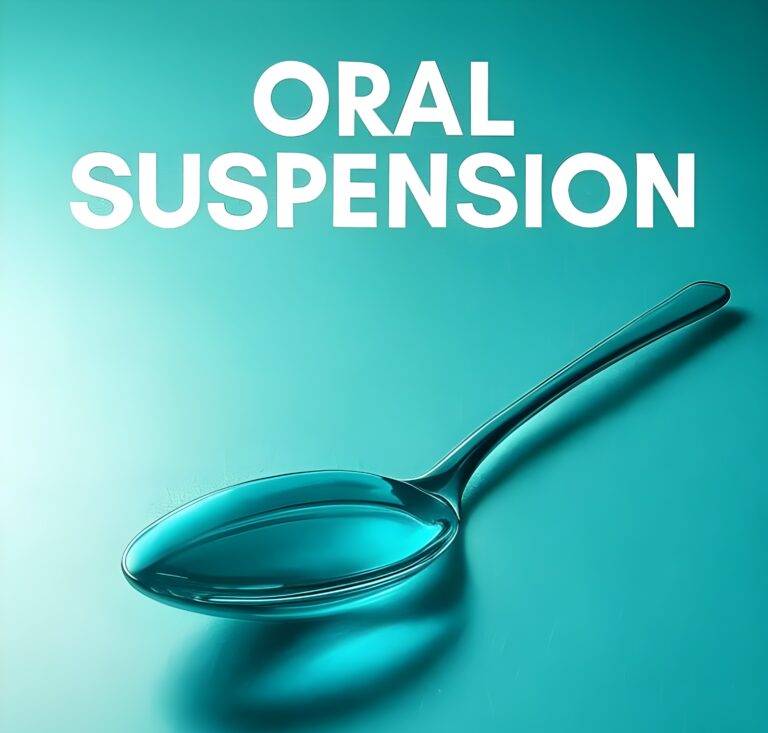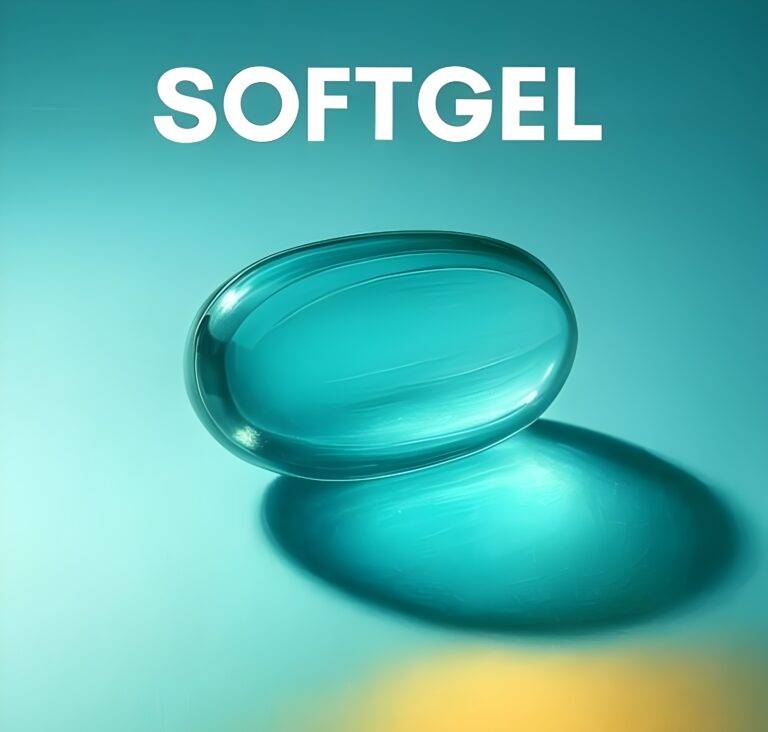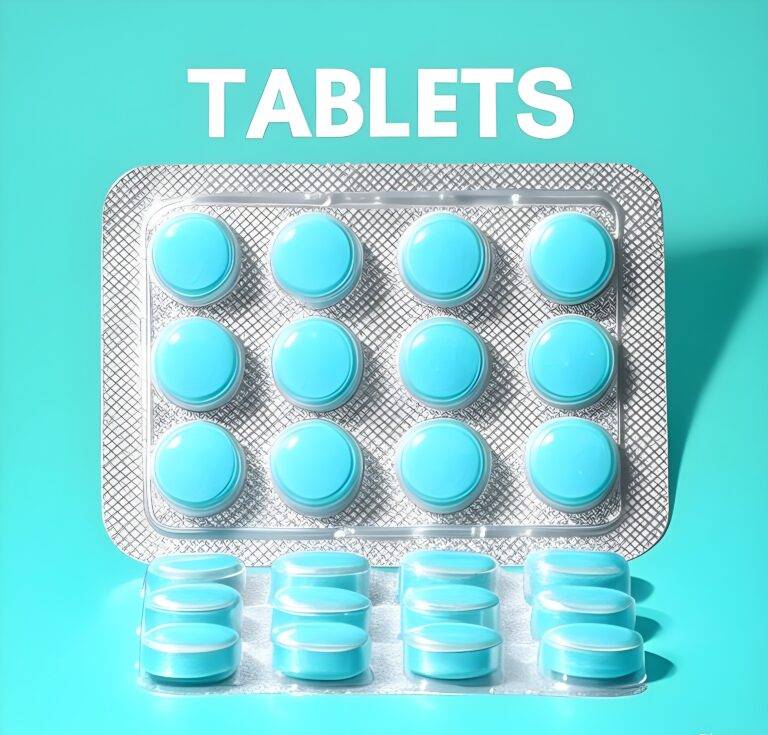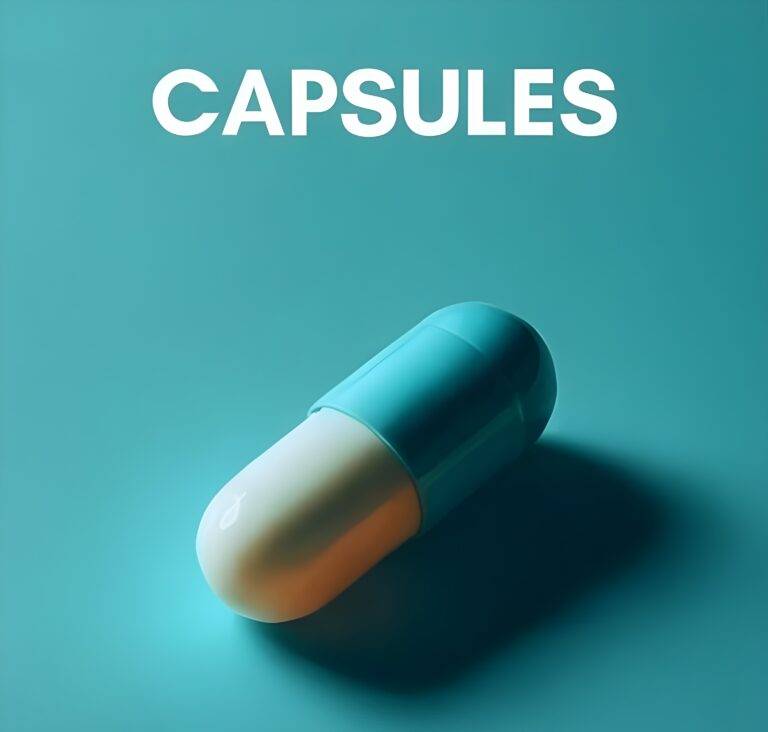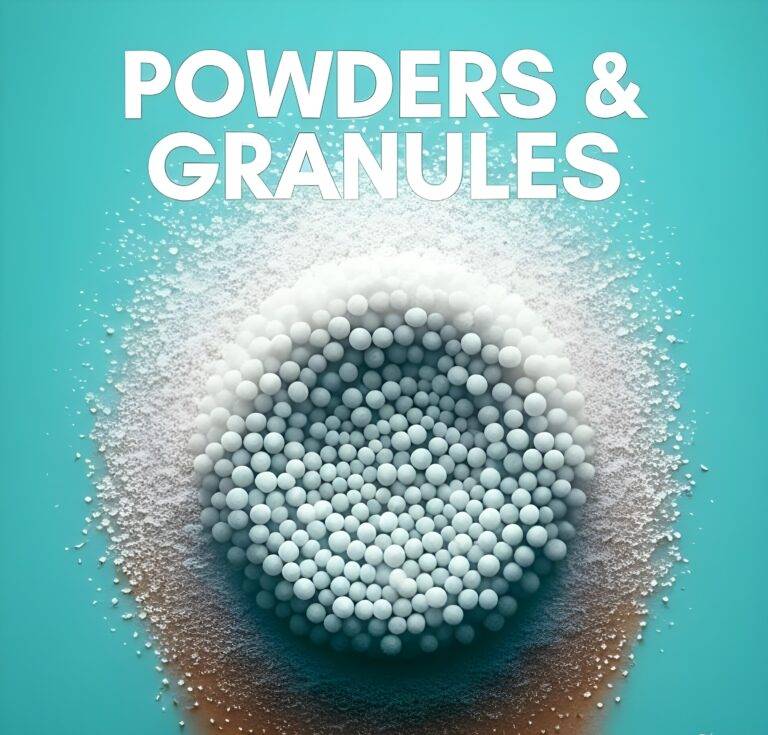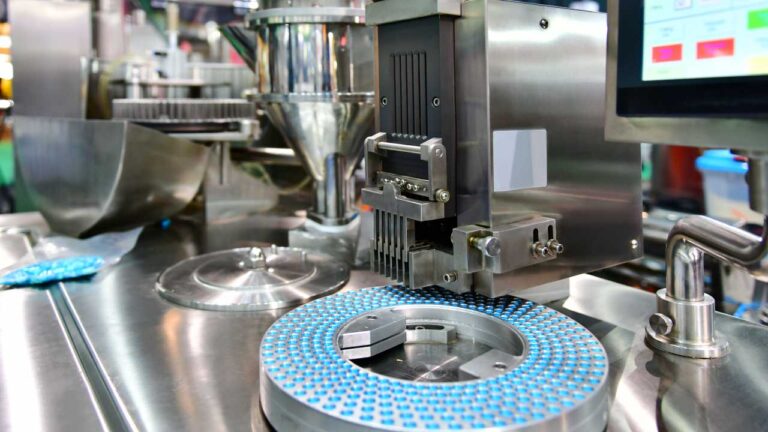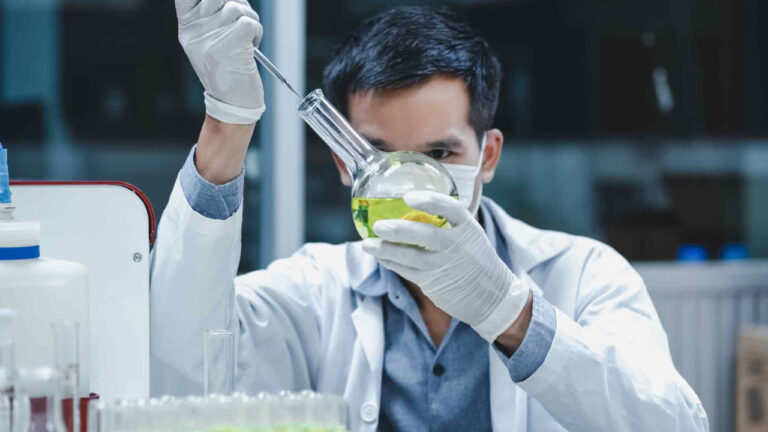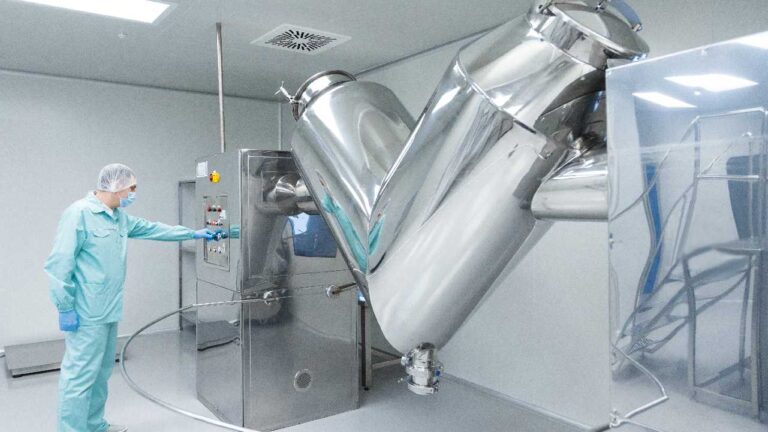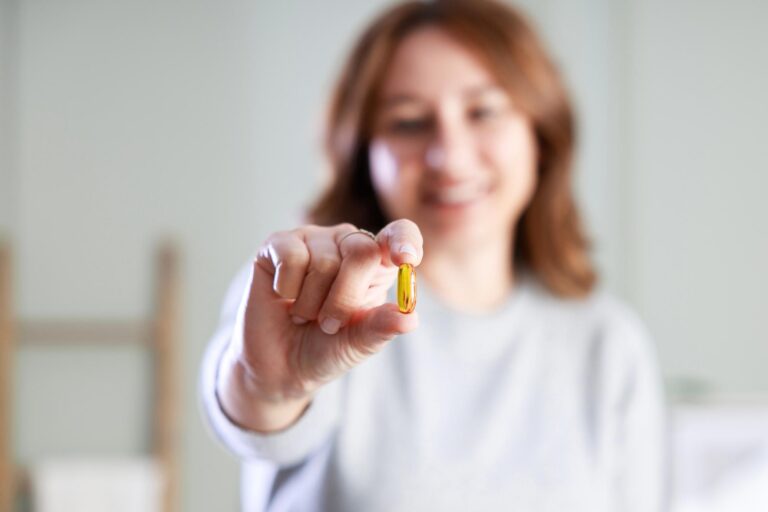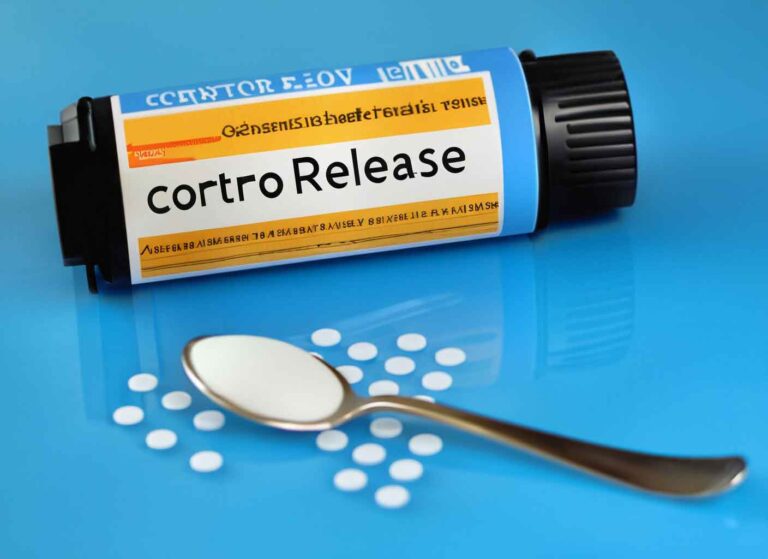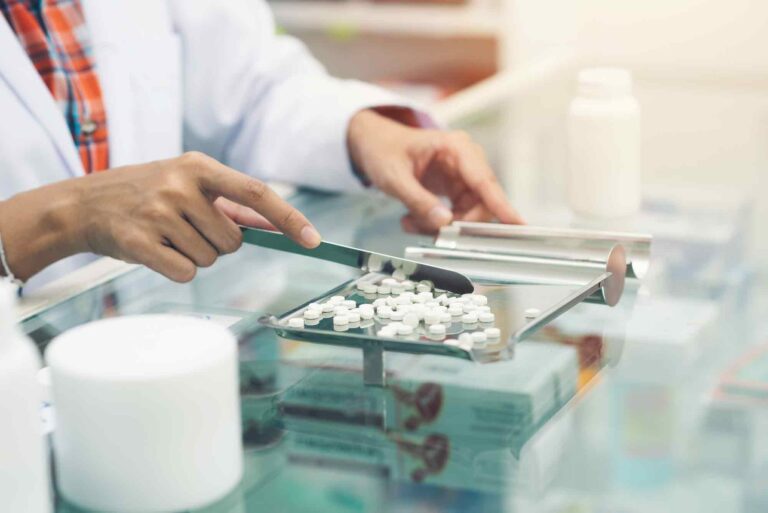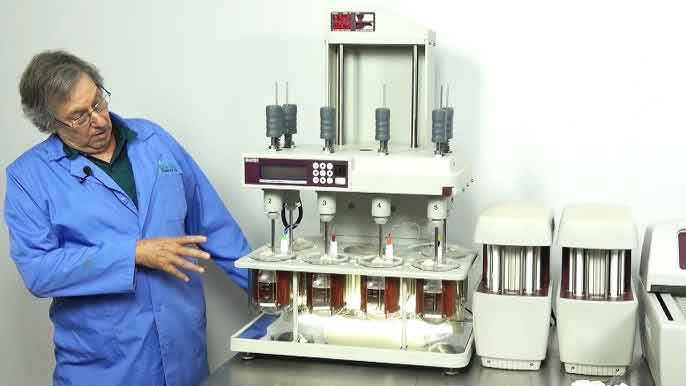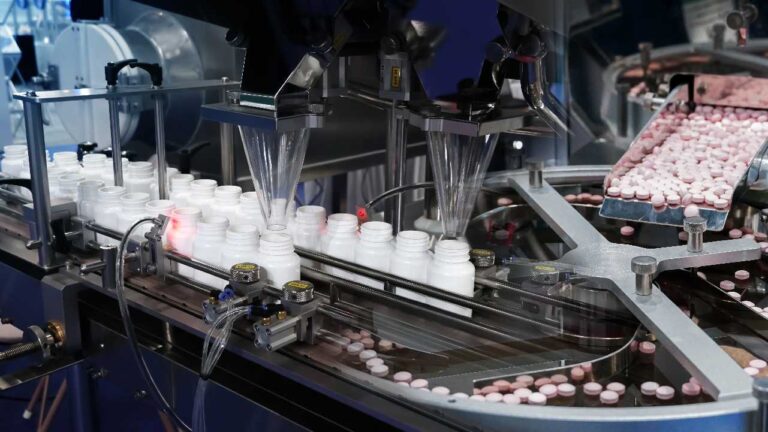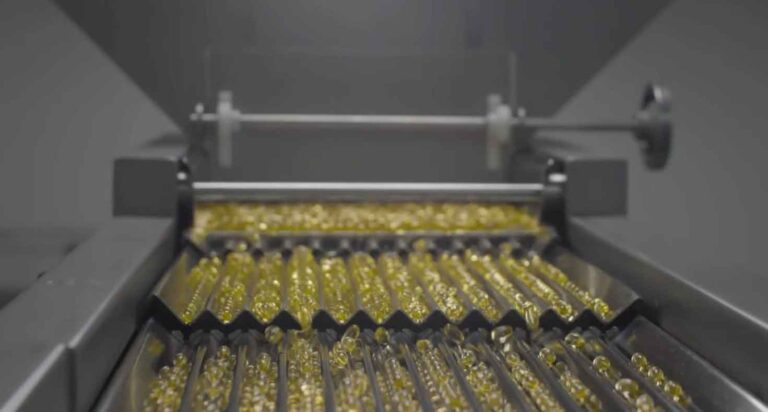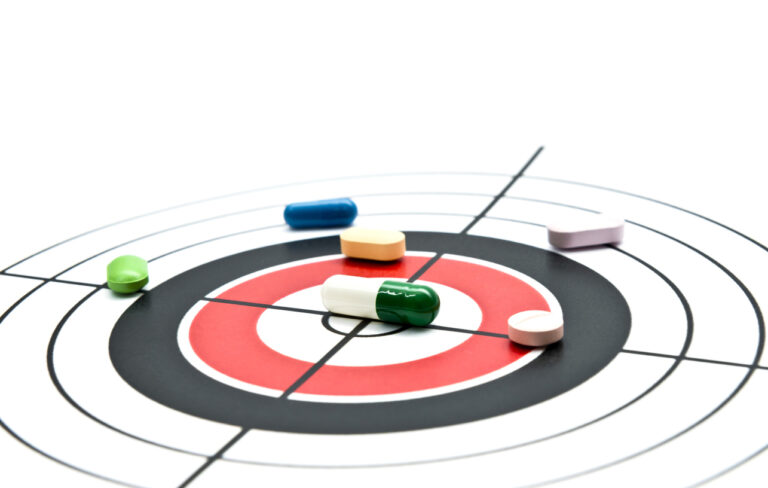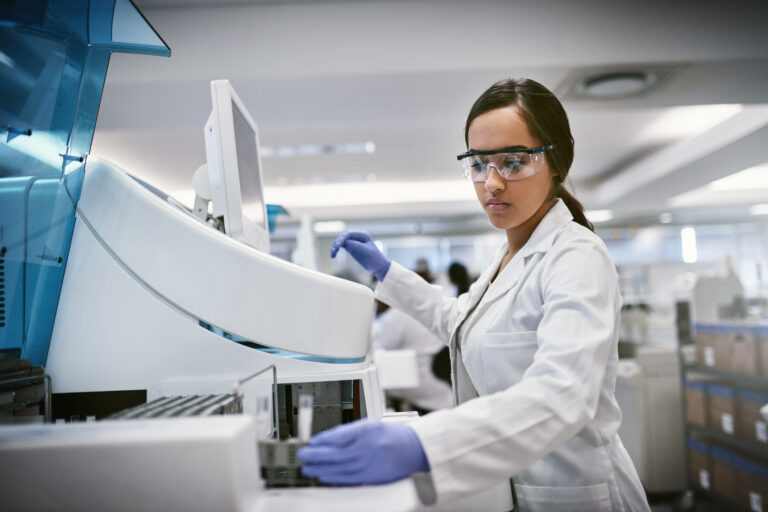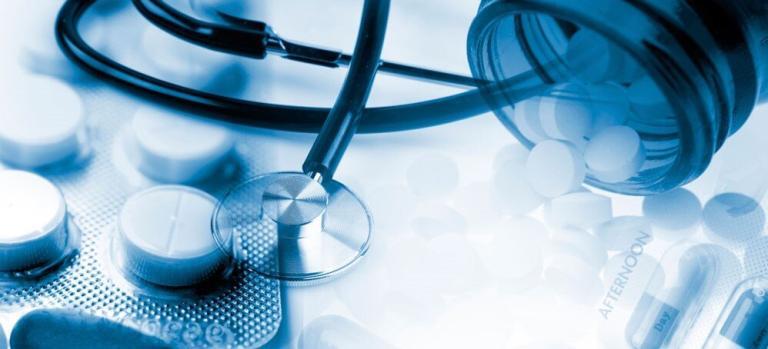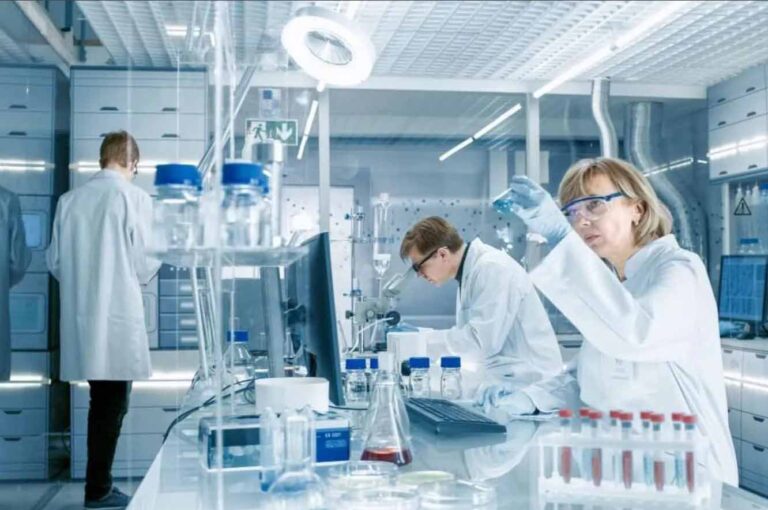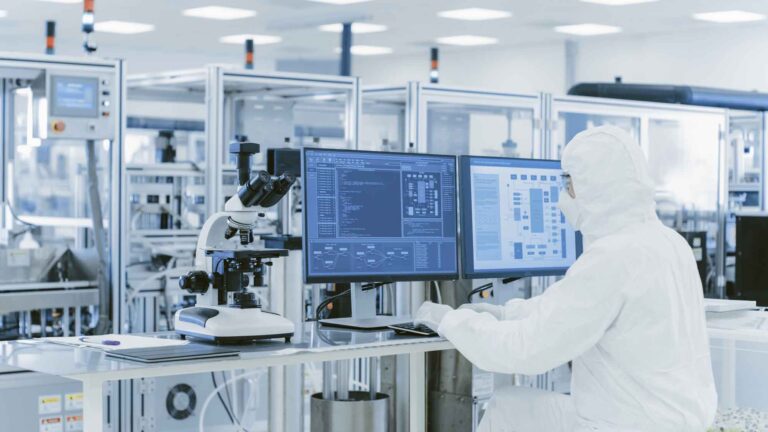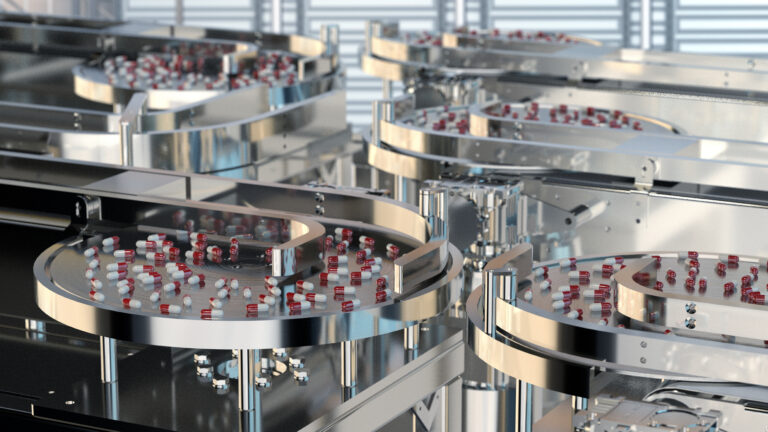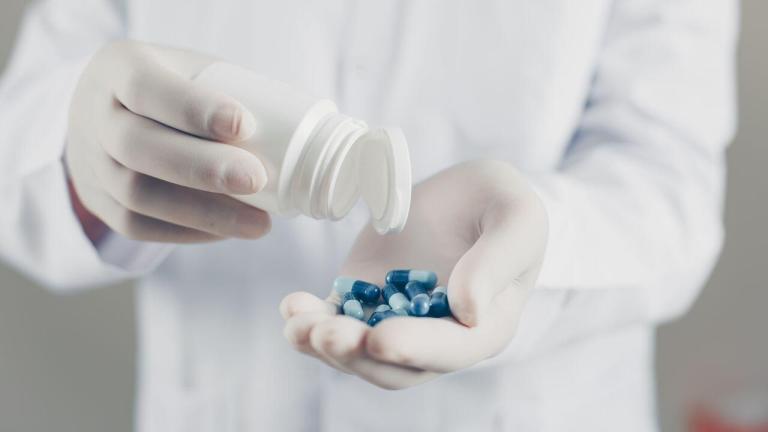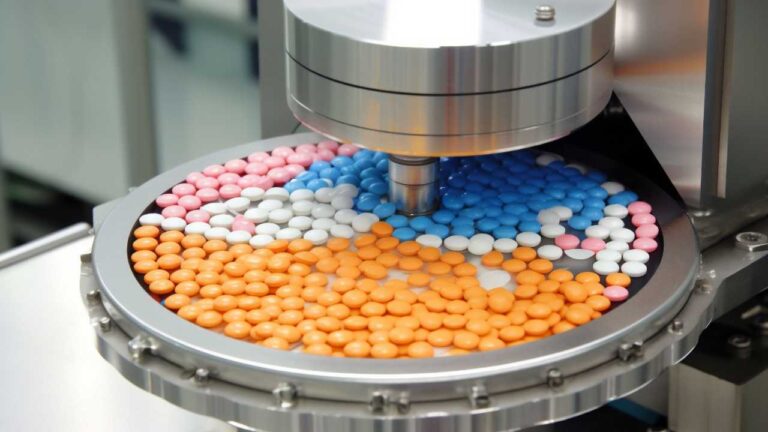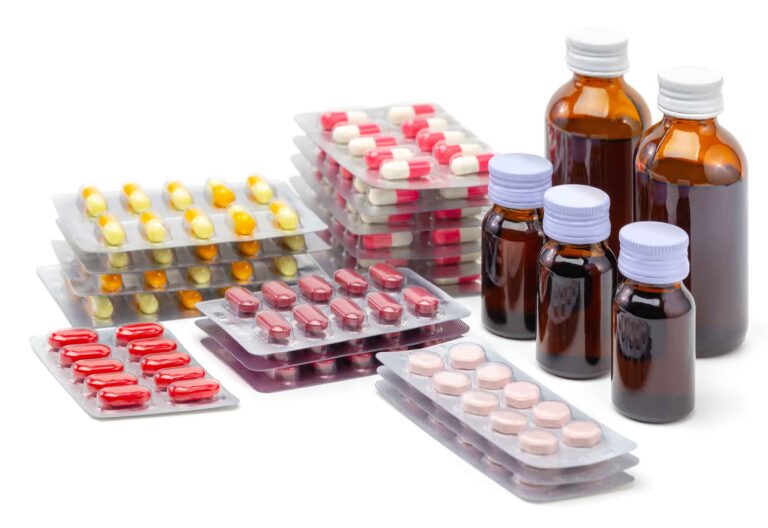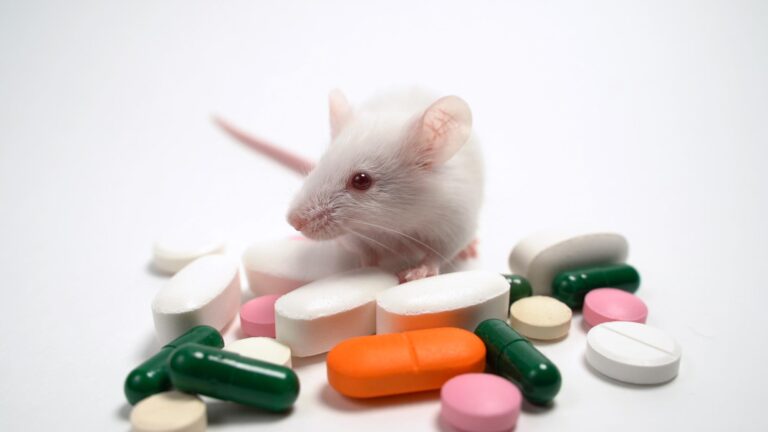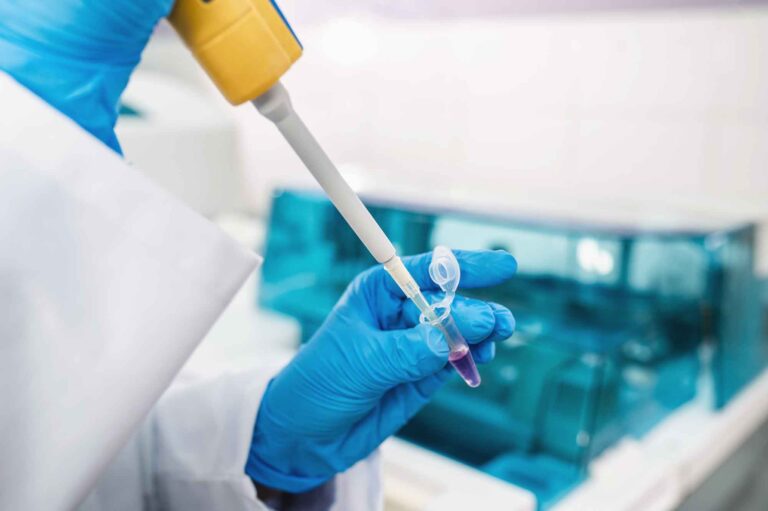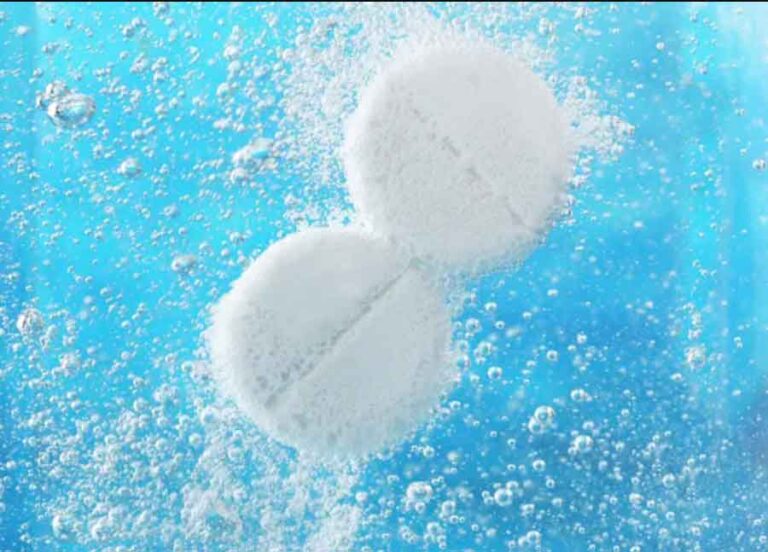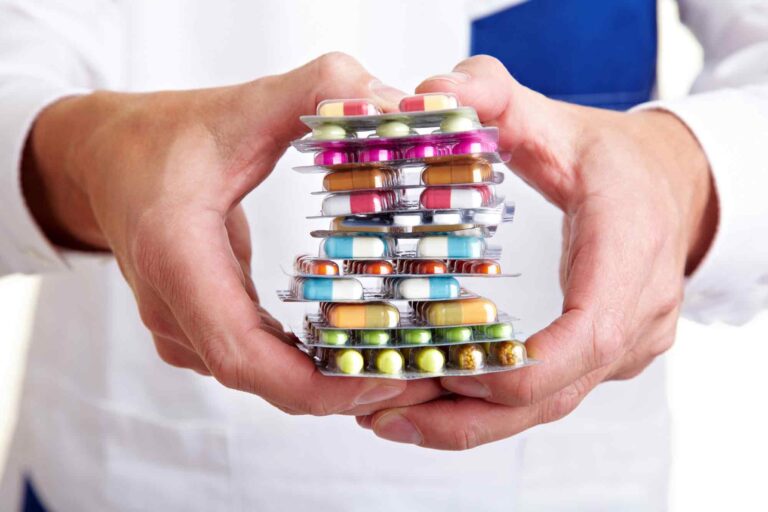Effervescent tablets are a unique dosage form designed to dissolve in water, releasing carbon dioxide and creating a fizzy solution. This form of medication is particularly beneficial for patients who have difficulty swallowing tablets or capsules. Effervescent tablets offer rapid drug absorption, improved palatability, and precise dosing, making them a popular choice for various therapeutic applications. The effervescence reaction, which involves the interaction of acidulants and alkalizing agents, not only enhances the sensory experience but also facilitates the rapid dissolution and absorption of the active pharmaceutical ingredients (APIs). Additionally, the effervescent tablets can mask the unpleasant taste of certain drugs, making them more palatable for patients, especially children and the elderly.
Benefits of Effervescent Tablets
- Enhanced Patient Compliance: Effervescent tablets are easy to administer and pleasant to consume, improving patient adherence to medication regimens. The fizzy nature and pleasant taste make them more appealing, especially for children and elderly patients. Furthermore, the effervescent tablets can be a more convenient option for patients who have difficulty swallowing traditional tablets or capsules, thereby enhancing their overall medication experience.
- Rapid Onset of Action: The dissolution of effervescent tablets in water allows for quick absorption of the active ingredients, leading to a faster therapeutic effect. This is particularly beneficial for medications that require rapid relief, such as analgesics and antacids. The rapid onset of action can be attributed to the fact that the drug is already in a dissolved state when ingested, which facilitates quicker absorption in the gastrointestinal tract.
- Improved Stability: Effervescent formulations can enhance the stability of certain active ingredients that are sensitive to moisture or oxidation. The effervescent reaction helps to protect these ingredients until the point of use. Additionally, the effervescent tablets are typically packaged in moisture-resistant containers, which further helps to maintain their stability and extend their shelf life.
- Accurate Dosing: Effervescent tablets provide precise dosing, ensuring that patients receive the correct amount of medication with each dose. This accuracy is crucial for medications with narrow therapeutic windows. The effervescent tablets are designed to dissolve completely in water, ensuring that the entire dose is consumed, which helps to minimize dosing errors and improve therapeutic outcomes.
Advanced Considerations
- Bioavailability: Effervescent tablets can significantly enhance the bioavailability of certain drugs. The carbon dioxide bubbles produced during the effervescence reaction can help open up paracellular transport pathways in the intestines, facilitating better absorption of the active ingredients.
- pH-Sensitive Drugs: Effervescent tablets are particularly suitable for drugs that are sensitive to pH changes. The effervescence reaction can help maintain a stable pH environment, protecting the drug from degradation and ensuring its efficacy.
- Sustained and Controlled Release: Advanced effervescent formulations can be designed to provide sustained or controlled release of the active ingredients. This can be achieved by incorporating specific polymers or matrix systems that regulate the release rate of the drug.
- Floating Delivery Systems: Effervescent tablets can be formulated to create floating delivery systems, which remain buoyant in the stomach for an extended period. This can enhance the bioavailability of drugs that are absorbed primarily in the stomach or upper intestine.
- Taste Masking: Effervescent tablets can effectively mask the unpleasant taste of certain drugs, making them more palatable for patients. This is particularly important for pediatric and geriatric populations who may be sensitive to bitter or unpleasant-tasting medications.
- Combination Therapies: Effervescent tablets can be formulated to include multiple active ingredients, allowing for combination therapies in a single dosage form. This can improve patient compliance by reducing the number of medications that need to be taken separately.
- Personalized Medicine: Effervescent tablets can be customized to meet the specific needs of individual patients. This includes adjusting the dosage, flavor, and formulation to suit the patient’s preferences and medical requirements.
Common Ingredients in Effervescent Tablets
- Active Pharmaceutical Ingredients (APIs): The therapeutic agents that provide the desired medicinal effect. These can include a wide range of drugs, such as analgesics, antacids, vitamins, and minerals.
- Acidulants: Substances such as citric acid or tartaric acid that react with bicarbonates to produce effervescence. Acidulants play a crucial role in the effervescent reaction, as they provide the acidic environment necessary for the reaction to occur.
- Alkalizing Agents: Compounds like sodium bicarbonate that react with acidulants to release carbon dioxide. Alkalizing agents are essential for the effervescent reaction, as they provide the basic environment necessary for the reaction to occur.
- Binders and Fillers: Ingredients that help form the tablet and provide bulk, such as mannitol or sorbitol. Binders and fillers are important for ensuring the structural integrity of the effervescent tablets and for providing the necessary bulk to the formulation.
- Flavoring Agents: Added to improve the taste and palatability of the effervescent solution. Flavoring agents are essential for masking the unpleasant taste of certain drugs and for making the effervescent solution more palatable for patients.
Effervescent Tablet Manufacturing Process
- Formulation Development: The first step involves selecting the appropriate ingredients and optimizing the formulation to ensure stability, solubility, and palatability. This phase includes pre-formulation studies to understand the physicochemical properties of the active ingredients and excipients. The formulation development process also involves selecting the appropriate acidulants and alkalizing agents to achieve the desired effervescence and ensuring that the formulation is stable and palatable.
- Granulation: The ingredients are mixed and granulated to form a uniform blend. This step may involve wet or dry granulation techniques. Wet granulation involves the addition of a liquid binder to form granules, while dry granulation involves compacting the powder blend and then milling it into granules. Granulation is a critical step in the manufacturing process, as it helps to ensure the uniformity and consistency of the effervescent tablets.
- Compression: The granulated blend is compressed into tablets using specialized equipment. The compression process must be carefully controlled to ensure uniformity and prevent tablet defects such as capping or lamination. The compression process also involves optimizing the compression force and speed to achieve the desired tablet hardness and disintegration time.
- Effervescence Testing: The effervescent tablets undergo rigorous testing to ensure they produce the desired effervescence when dissolved in water. This includes testing for dissolution rate, carbon dioxide release, and solution clarity. Effervescence testing is essential for ensuring that the effervescent tablets perform as intended and provide the desired therapeutic effect.
- Packaging: Effervescent tablets are highly sensitive to moisture and must be packaged in moisture-resistant containers, such as aluminum tubes or blister packs, to protect them from humidity and ensure their stability. Proper packaging is crucial for maintaining the stability and efficacy of the effervescent tablets throughout their shelf life.
CDMO Services for Effervescent Tablets
Contract Development and Manufacturing Organizations (CDMOs) offer a range of specialized services for the development and manufacturing of effervescent tablets. These services include:
- Formulation Development: CDMOs work with clients to develop and optimize effervescent tablet formulations, ensuring stability, solubility, and palatability. This involves conducting pre-formulation studies, selecting the appropriate ingredients, and optimizing the formulation to achieve the desired effervescence and therapeutic effect.
- Analytical Testing: Comprehensive analytical testing is conducted to characterize the effervescent tablets and ensure they meet regulatory requirements. This includes testing for dissolution rate, carbon dioxide release, solution clarity, and stability.
- Clinical Supply Manufacturing: CDMOs manufacture clinical trial supplies of effervescent tablets, supporting the development of new drug products. This involves scaling up the manufacturing process to produce clinical trial batches and ensuring that the effervescent tablets meet the required quality standards.
Commercial Manufacturing: Once the formulation and manufacturing process are validated, CDMOs can scale up production to meet commercial demand, ensuring consistent quality and supply. This involves optimizing the manufacturing process to achieve high efficiency and productivity while maintaining the quality and stability of the effervescent tablets.
Challenges in Effervescent Tablet Manufacturing
- Moisture Sensitivity: Effervescent tablets are highly sensitive to moisture, which can cause premature effervescence and degradation of the active ingredients. Proper packaging and storage conditions are essential to maintain their stability. Moisture sensitivity is a significant challenge in the manufacturing process, as even small amounts of moisture can trigger the effervescent reaction and compromise the quality of the tablets.
- Formulation Complexity: Developing a stable and palatable effervescent tablet formulation can be challenging due to the need to balance multiple ingredients and ensure compatibility. The formulation must be optimized to achieve the desired effervescence, stability, and palatability while ensuring that the active ingredients remain effective.
- Process Optimization: The manufacturing process involves multiple variables, including granulation, compression, and packaging. Optimizing these parameters to achieve a uniform and defect-free product can be complex and time-consuming. Process optimization is essential for ensuring the quality and consistency of the effervescent tablets and for achieving high efficiency and productivity in the manufacturing process.
- Regulatory Compliance: Effervescent tablets must meet stringent regulatory requirements to ensure their safety and efficacy. CDMOs must stay up-to-date with the latest regulations and guidelines to ensure compliance. Regulatory compliance is a critical aspect of the manufacturing process, as it ensures that the effervescent tablets meet the required quality standards and are safe and effective for patients.
Future Trends in Effervescent Tablets
- Advanced Formulations: The development of new and advanced formulations with improved stability, solubility, and palatability is expected to drive the future of effervescent tablets. Advanced formulations may include novel excipients and innovative manufacturing techniques to enhance the performance and stability of the effervescent tablets.
- Personalized Medicine: The growing trend towards personalized medicine is likely to impact effervescent tablet technology. Customized formulations can be developed to meet the specific needs of individual patients, improving the efficacy and safety of drug therapies. Personalized medicine involves tailoring the formulation and dosage of the effervescent tablets to the unique characteristics of each patient, such as their genetic profile, medical history, and treatment preferences.
- Sustainability: The pharmaceutical industry is increasingly focusing on sustainability and environmental impact. The development of eco-friendly effervescent tablet materials and processes is expected to gain traction in the coming years. Sustainable manufacturing practices may include the use of biodegradable materials, energy-efficient processes, and waste reduction strategies to minimize the environmental impact of effervescent tablet production.
- Digitalization: The integration of digital technologies, such as process analytical technology (PAT) and artificial intelligence (AI), into the effervescent tablet manufacturing process can enhance process control, improve efficiency, and reduce costs. Digitalization involves the use of advanced data analytics, real-time monitoring, and automation to optimize the manufacturing process and ensure the quality and consistency of the effervescent tablets.
Related Services
